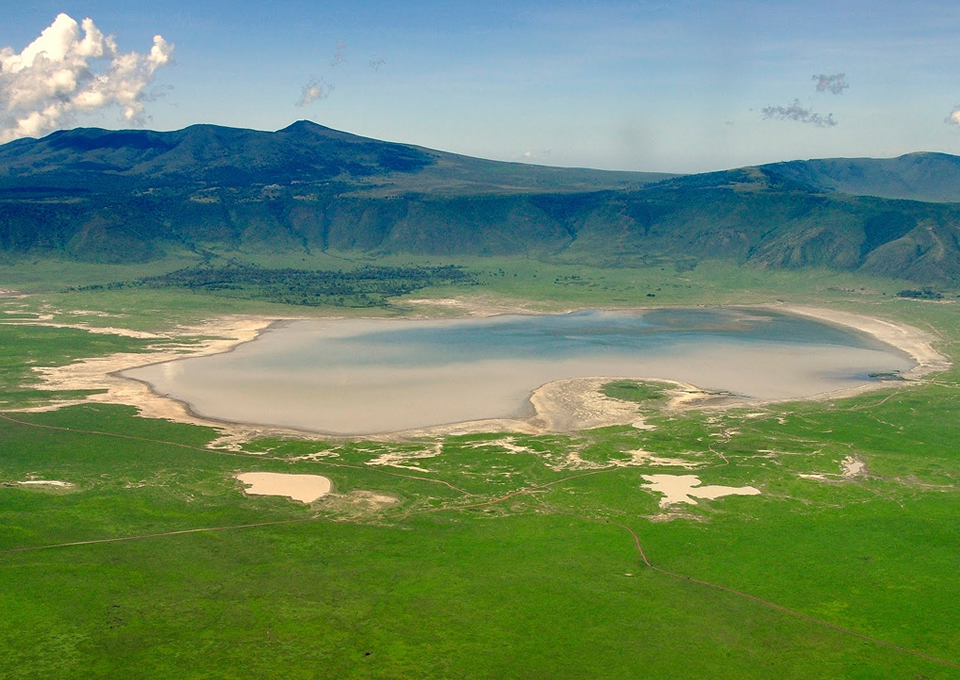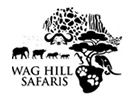The Ngorongoro Crater stands as the crowning jewel of Ngorongoro, a profound volcanic crater that holds the distinction of being the largest unflooded and unbroken caldera globally. Spanning about 20 kilometers across, plunging 600 meters deep, and covering an area of 300 square kilometers, this natural wonder in Tanzania is truly breathtaking.
Renowned as one of Africa’s most celebrated sites, the Ngorongoro Crater boasts the highest wildlife density on the continent. Often hailed as an ‘eighth wonder of the world,’ this crater’s global acclaim attracts a growing number of visitors each year. While it might be challenging to escape the presence of other vehicles, the experience guarantees exceptional wildlife sightings in an awe-inspiring environment. There’s no parallel in Africa to the magnificence of Ngorongoro!
As the world’s largest intact volcanic caldera, the Ngorongoro Crater forms a remarkable bowl spanning approximately 265 square kilometers, with walls towering up to 600 meters. Hosting around 30,000 animals at any given time, the crater rim surpasses 2,200 meters in height, creating its microclimate. From this elevated viewpoint, one can glimpse the small silhouettes of animals traversing the crater floor far below. Clouds often envelop the rocky rim for most days of the year, making it one of the few places in Tanzania that can get chilly at night.
The crater floor encompasses diverse habitats, including grassland, swamps, forests, and Lake Makat (translated as ‘salt’ in Maasai) – a central soda lake fed by the Munge River. These varied environments attract wildlife for drinking, wallowing, grazing, hiding, and climbing. Despite the freedom for animals to move in and out, the fertile volcanic soil, verdant forests, and spring-fed lakes encourage grazers and predators to stay year-round due to the fairly steep crater sides.
Wildlife Highlights in Ngorongoro Crater: Ngorongoro Crater boasts one of the highest probabilities in Tanzania to witness the endangered Black Rhino thriving in this protected environment. This area remains one of the few where they continue to breed in the wild. Visitors also have good chances of encountering leopards and the remarkable black-maned lions. Additionally, numerous flamingos are drawn to the soda waters of Lake Magadi.
Maasai Village Trips: Part of the Ngorongoro Conservation Area’s purpose is to preserve the environment for the Maasai people, who were relocated from the Serengeti Plains. As essentially nomadic individuals, they construct temporary villages in circular homesteads known as bomas. Some of these villages have been opened to tourists for exploration. Here, visitors can witness the structured hut arrangement, following the chronological order of the wives, and experience the lifestyle reliant on warmth and energy from a central fire burning within cattle dung dwellings, without a chimney. These proud cattle herders have a significant warrior history and, although no longer permitted to build villages inside the crater, they continue to herd their cattle for grazing and watering, despite the nearby predators.

